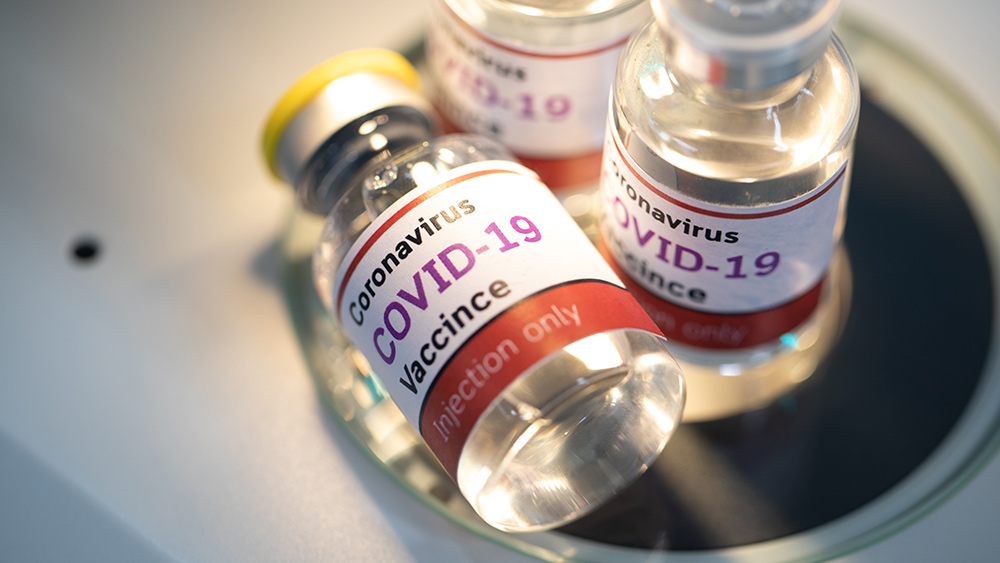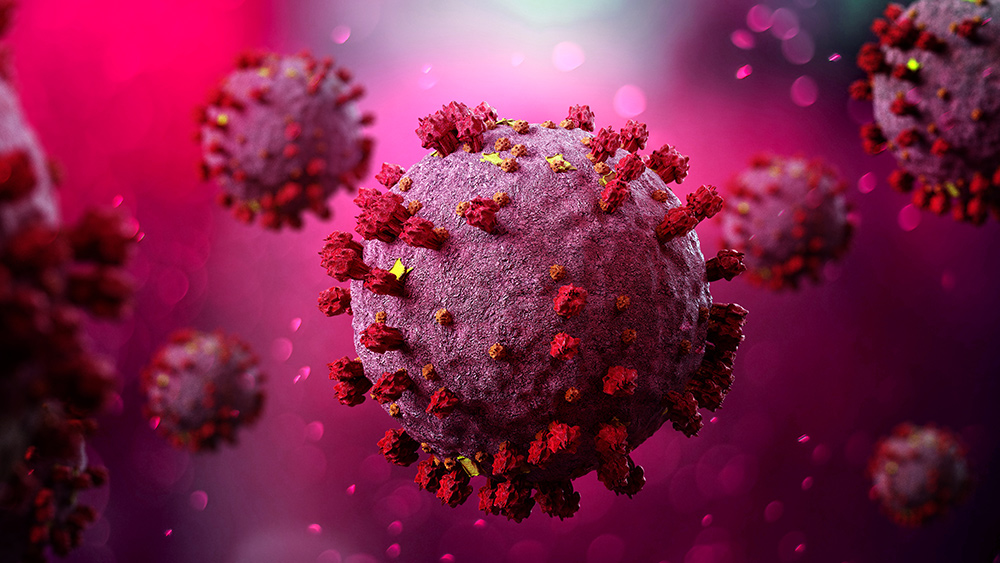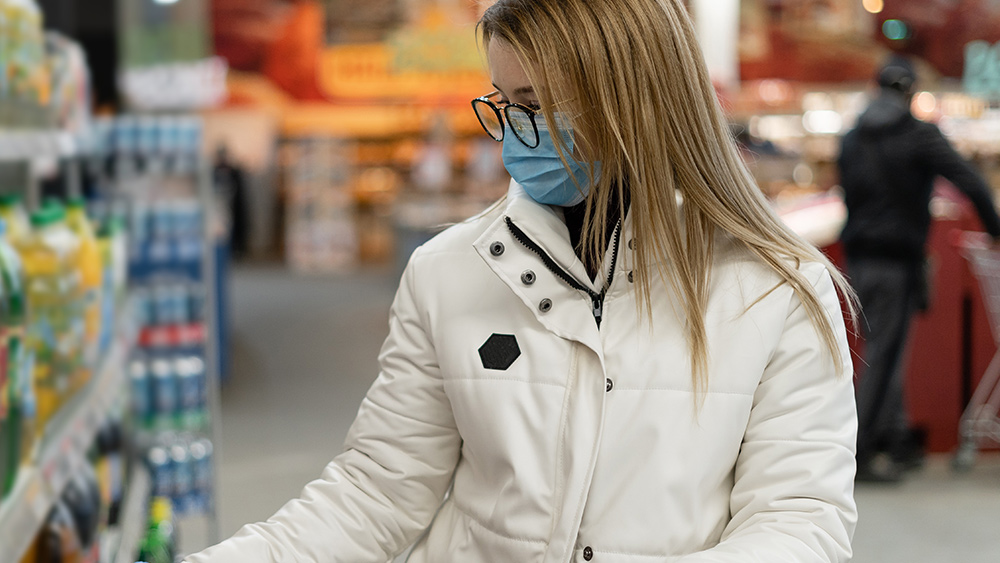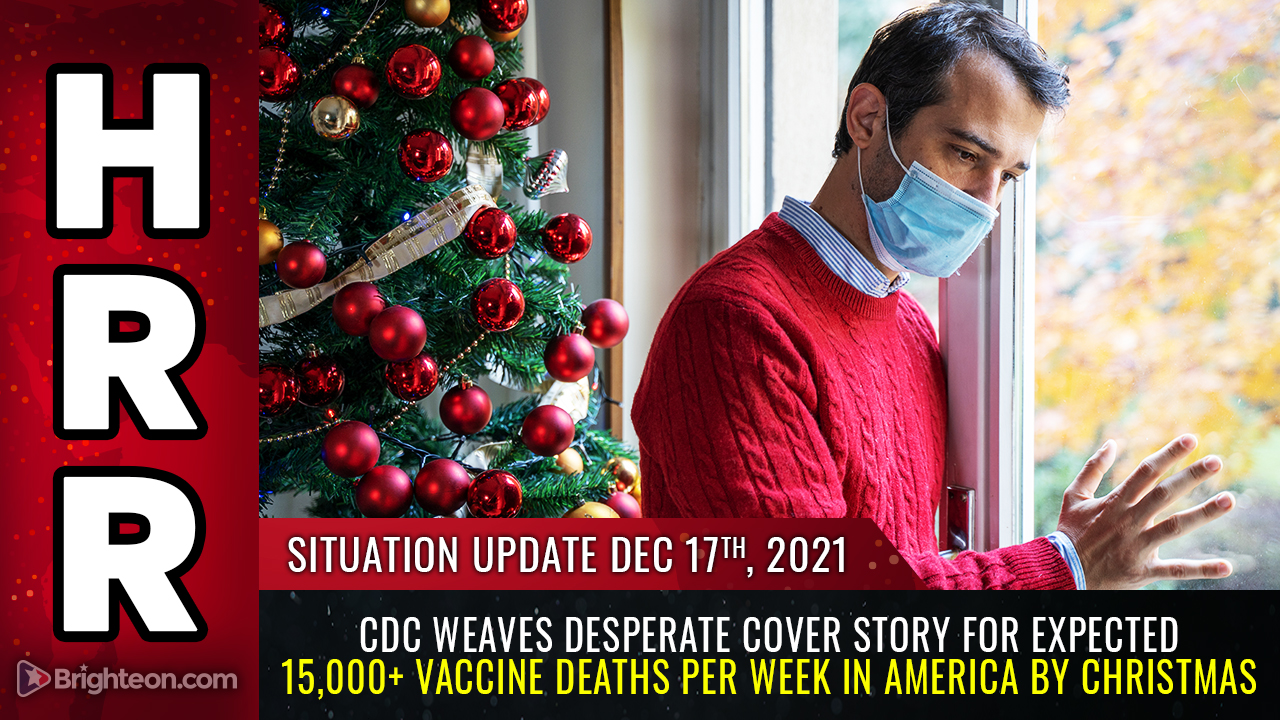EU vaccine rollout suffers another blow as CureVac’s efficacy fails to clear minimum threshold of 50%
06/19/2021 / By Nolan Barton

Germany’s CureVac coronavirus (COVID-19) vaccine has been found to be only 47 percent effective against the SARS-CoV-2, the virus behind the pandemic, dropping the company’s shares in Frankfurt and New York by more than 50 percent and erasing more than £5 billion ($6.9 billion) from its market value.
The interim results from the late-stage testing are below the minimum threshold of 50 percent efficacy set by the World Health Organization (WHO).
This development is another blow to the European Union’s (EU) vaccination rollout, which had encountered a number of hurdles across the bloc. The German government had invested £250 million ($345.3 million) in CureVac and the EU secured up to 405 million doses of the vaccine in November, of which 180 million are optional, in the only major supply deal for the product.
European countries have suffered from the AstraZeneca row as leaders debated its proven efficacy, and have also endured a slow rollout while the UK has raced ahead in its vaccination program. For example, the total number of fully vaccinated adults in the UK has risen to nearly 30.7million, 58.2 percent of the population, while in Germany only 49 percent have received at least one dose.
Ursula von der Leyen, president of the European Commission, expressed hopes in March last year that CureVac might have a vaccine ready as early as autumn 2020.
Underwhelming results may be due to many variants circulating in trial locations
Franz-Werner Haas, CureVac’s chief executive, said that the figures from the trials were “sobering.” But the German company still aims to finish a final analysis within weeks that will determine whether it will still seek regulatory approval.

CureVac said the underwhelming results may have been due to more than two dozen variants of the virus circulating in 10 countries across Latin America and Europe, where its trials were carried out.
In its study of 40,000 people, CureVac said 13 variants were found in volunteers and more than half of the coronavirus cases caused by variants of concern.
“While we were hoping for a stronger interim outcome, we recognize that demonstrating high efficacy in this unprecedented broad diversity of variants is challenging,” said Haas, adding that the plethora of variants “underlines the importance of developing next-generation vaccines.”
CureVac’s COVID-19 vaccine is based on mRNA technology like Pfizer’s and Moderna’s. Late-stage trials of Pfizer and Moderna COVID-19 vaccines had efficacy rates of over 90 percent, but they took place when the original version of the virus was dominant. (Related: mRNA vaccines, a primer: How they work, why they’re “cleaner” than traditional vaccines, and why they might prove catastrophic in a rushed coronavirus response.)
Low dosage of mRNA may be another reason behind low efficacy rate
Peter Kremsner of the University Hospital in Tubingen, the scientist leading the CureVac study, said a low dosage was likely the reason behind the disappointing efficacy as tolerability concerns posed limits to increasing the dose.
With just 12 micrograms of mRNA per dose, the company has been seeking to position itself as a low-dose alternative to Pfizer and Moderna vaccines that require 30 and 100 micrograms per shot, respectively.
The German government said the disappointing results won’t affect its initial vaccine campaign. Helge Braun, chief of staff of Chancellor Angela Merkel, said that the government remains committed to offering every citizen a vaccine by the end of September.
After the interim results, the European Commission announced that it would need to wait for final results and the assessment of the European Medicines Agency (EMA) before taking any steps. Haas told Reuters that the company is still planning to apply for approval from the EMA, provided the vaccine clears the formal hurdle of 50 percent efficacy.
Bayer and Novartis, two of several production partners that CureVac had lined up to mass-manufacture its product, said they were following developments closely and were awaiting further analysis. CureVac is aiming to produce 300 million doses of its vaccine this year and 1 billion in 2022.
Follow Immunization.news for more news and information related to coronavirus vaccines.
Sources include:
Tagged Under: company shares, coronavirus, coronavirus variants, covid-19, COVID-19 vaccine, efficacy, efficacy rates, European Union, low efficacy, market value, mRNA technology, mRNA vaccine, outbreak, pandemic, SARS-CoV-2, vaccination rollout, vaccine wars, vaccines





















